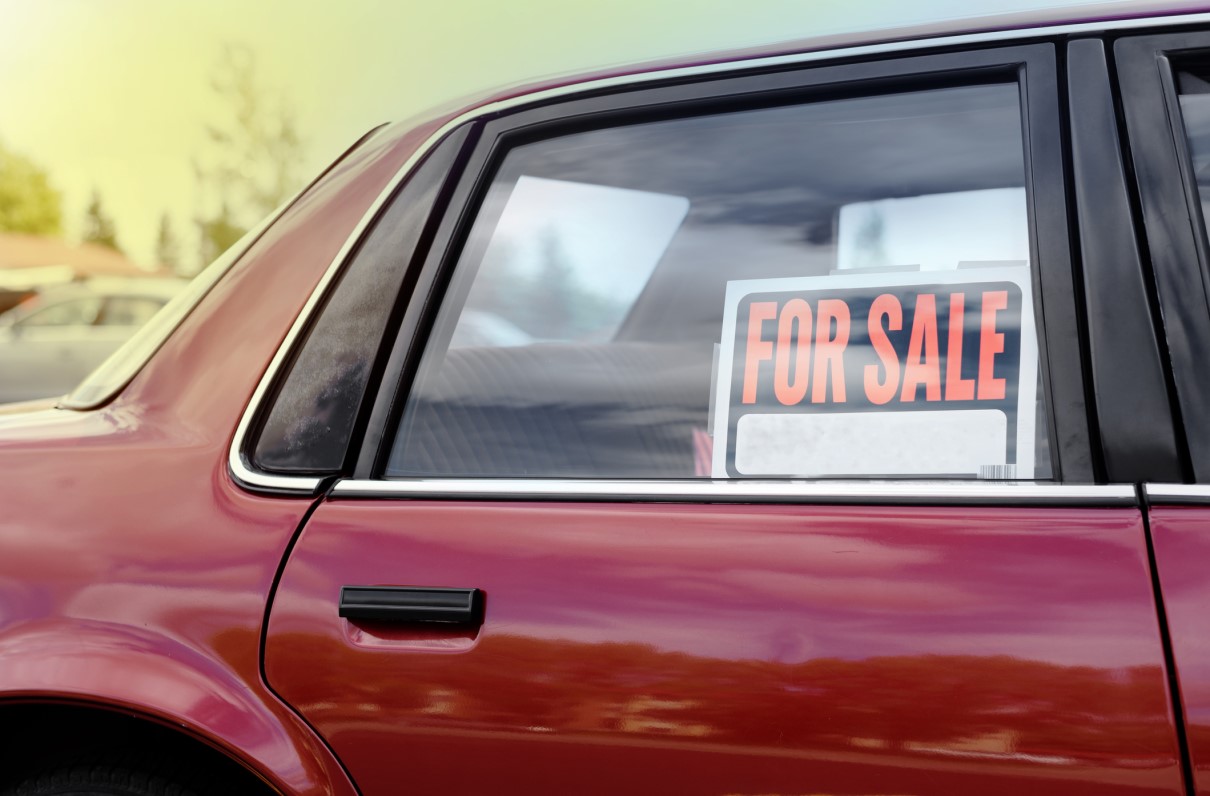So many decisions in life have financial implications, and it is easy to fall into the trap of conventional approaches to major purchases. One of the biggest lost opportunities occurs during the car buying experience, particularly in regards to trading in your current vehicle.
I recently went through the process of helping my mom downsize from a Toyota Camry to a Prius. Life is funny when you have a role reversal, and now my mom, who lives with my wife and me, is more like a teenage daughter. Recently, for instance, someone may have left tire tracks in the lawn along the driveway, perhaps dinged the garage door, or maybe scraped the trash can a time or two. We never solved the case, but a newer vehicle for my mom with back-up cameras, sensors, and a smaller footprint seemed like a win for everybody.
As we began the journey of buying the new car, my mom said something that I often hear from people when they buy a new car: “I don't want the hassle and stress of selling my car, I just want to trade it in.” Having been through the process four or five times over the past decade with other family vehicles, I wanted to scream about how bad a decision that would be … unless a couple thousand dollars is meaningless to you.
Everyone plays the game of getting more for their trade in with the car salesperson, but let's not kid ourselves - normally, when the trade value goes up, something else goes up on the purchase price. This is why most experts will tell you to negotiate the purchase first and then negotiate the trade. Only then can you decide whether trading in the vehicle in is worth the convenience of accepting less than what you can get as a private-party seller.
We received trade-in offers on the Camry - a single-owner vehicle with new tires and a service record for all 10 of its years - from three separate dealerships. The highest was for $3,000. Despite my Mom's objections, I insisted we buy the Prius, without the trade-in, from a dealer that had offered just $1,000 for her old Camry. I promised to take on all the hassle and stress of selling the car.
[RELATED: Yes, Boomers, We Can Learn a Thing or Two From Millennials]
I looked smart when we went back to pick up the Prius and someone at the dealer offered us $2,500 for the Camry - no small increase. Still, Mom was not happy when I turned down the offer. I had done my homework, as everybody should, and found a private party value for the car around $5,000.
What next? Well, technology has made selling easier than the old days, when we'd display our cars in “lemon lots” before a PCS move. I put up a Craigslist post with a paragraph description and a half-dozen photos, and was contacted by a few interested buyers (and some scammers) within hours. That evening, a buyer had a new car for her daughter and I had $4,500 in cash.
As I was peppering my mom with a few I-told-you-sos, the circle of life brought me back to reality when my adult son scolded me for using my actual cellphone number in posting. Apparently, everyone knows you can create a free disposable phone number via Google Voice for such transactions - one that links to your cellphone but limits your exposure to telemarketers and hackers.
Speaking of hackers, I thought I was on the ball when it came to one prospective buyer who'd kept asking me questions but ignoring my answers. He eventually tried to trick me into clicking on a phishing link, but I was much too smart to fall for it. I wasn't smart enough to realize, until my son pointed it out, that I wasn't dealing with a person at all … it was a bot. I have so much more to learn.
Col. Jim O'Brien, USAF (Ret) is MOAA's Executive Vice President and Chief Operating Officer. During his 25-year military career, he served in a variety of financial management positions at all levels of the Air Force, including four command positions. His final assignment was comptroller for the Air Force Reserve, where he was responsible for nearly $5 billion annually.
